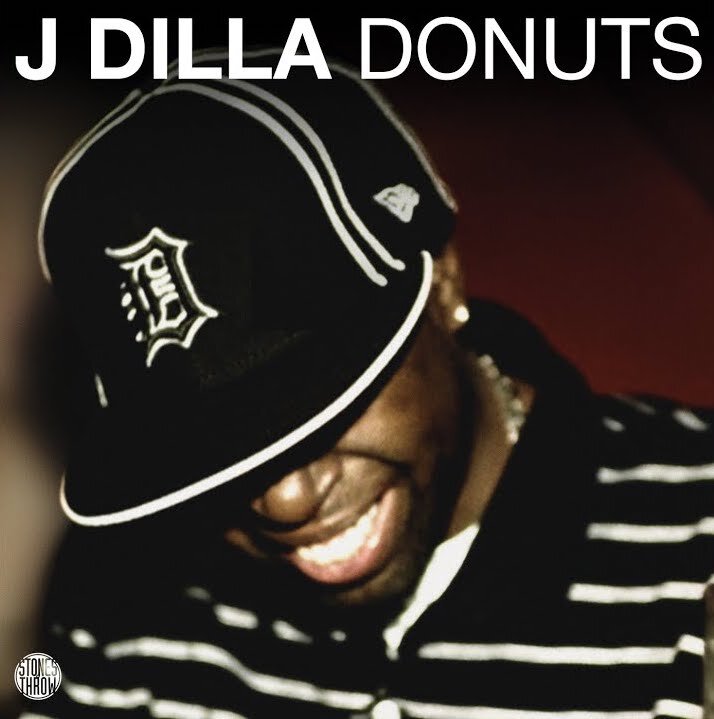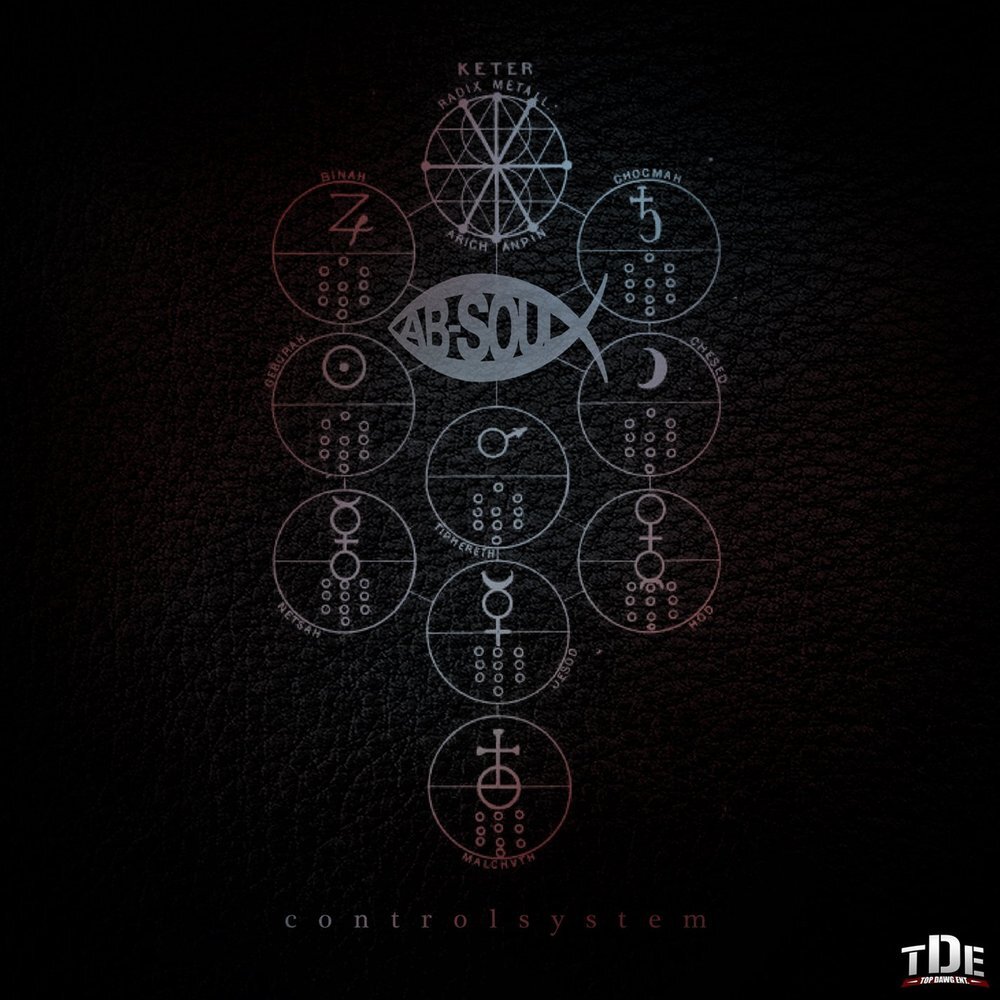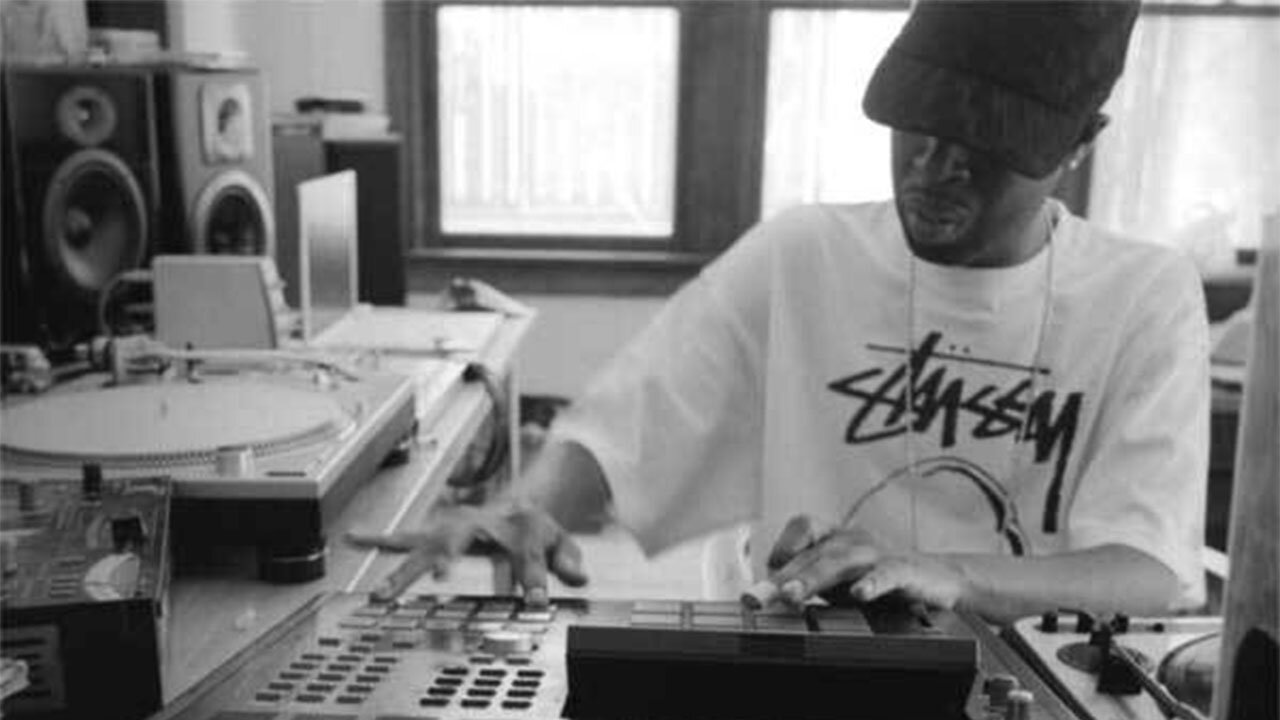How J Dilla's "Donuts" Permanently Reshaped Hip-Hop Production
by Luke Modugno
Art is fluid, everchanging. Altered by powerful voices and minds, potent creatives seem to always carve out new paths and directions within the artistic bounds of their medium. However, you seldom see a singular composition definitively erase the once unnavigable borders of art and delineate new ones. Circumstance, unmitigated creative fearlessness and a willingness to adapt are required in order to shift the tectonic plates that lie beneath the surface of an art as ancient as music. All of those requirements were met when fabled rap producer J Dilla left the world of art with his groundbreaking beat tape Donuts.
Donuts was born out of circumstance. J Dilla emerged in the late 90’s as a prominent underground producer for local rappers, until breaking through with the notable rap collective Slum Village. Working with acts such as A Tribe Called Quest, Common, The Pharcyde and more, Dilla quickly made a name for himself with the complexity in which he chopped and looped his beats. Dilla’s production wasn’t just unique and ear-catching. There was distinct warmth, vibrance and vivaciousness erridating from the way Dilla’s kicks, drums and loops sat.
Whenever Dilla decided to hop behind the boards, his beats exemplified personification of the human experience. The intimate guitar on “Didn’t Cha Know'' projects the image of a dawn sunrise peeking through a window with the curtains flapping in the wind, especially paired with the silky-smooth vocals of Erykah Badu. The kicks draped over the melancholic vocals of The Pharcyde on “Runnin’' sounds like a comfortingly warm summer night. Uptempo, drawn-back, soulful or bouncy. Dilla was a chameleon that could shape-shift his production style to fit the artist he was working with flawlessly. Dilla didn’t just produce, it was more than that. His dense hip-hop orchestras reverberated with listeners at a deeper level.
It was this boundless talent, along with tragedy, that allowed for the creation of Donuts. In 2005, Dilla was diagnosed with a rare blood disorder known as Thrombotic Thrombocytopenic purpura (TTP). Unfortunately, TTP is extremely deadly, with a fatality rate of 70-80%. Despite at first continuing to tour and work, Dilla was eventually confined to a hospital bed as his symptoms continued to worsen. Understanding his mortality, Dilla brought his MPC3000 and a record player to accompany him in the solidarity of his hospital bed. The goal? Use his ingenious, renaissance-level production skills to create a project that acted as a love-letter to his family, friends, fans and his time spent on Earth.
As friends and family came to visit Dilla, they would contribute to the creation of Donuts, by gifting him new records to chop, loop, manipulate and organize into his cacophonously intricate production style. Being the chronic sampler that Dilla was, his ear became immensely picky.
In a documentary made about the album's creation, Dilla’s mother illustrated just that, “When I took the crate up, and he looked through it, I think out of a whole milk crate full of 45s, I think he might have taken a dozen out of there and set them aside. He said 'you can take that back to the house'. He said 'none of that's good'." Using inspiration and direction from the people he loved most is a wholly tangible and immediate feature of the record, as Dilla cycles between a diverse set of genres and sounds for his samples, demonstrating the crate digging done on his behalf. From 70s soul records to traditional African drums, Donuts sounds what it would feel like if the complete contents of a dusty, out-of-date record store smelted the entirety of its stock into a singular vinyl disc. Borrowing literal milliseconds of various records for miniscule portions of songs off of Donuts, Dilla’s patchwork style blends and pairs endearingly well with the tools his family provided him with.
Throughout the final year of his life, Dilla’s condition worsened considerably. His legs and arms would periodically swell, hindering his ability to work on Donuts. If the pain of using his fingers to operate his MPC became too much to handle, his mother would massage his fingertips, he was simply bent on finishing the record. His sheer determination radiates from each track. From the roaring, vigorous guitar that defines the blood-curdling opener “Workinonit,” spry dance tracks such as “Dilla Says Go” and “Light It,” somber love songs like “Stop”, to signature soul loops on “One for Ghost” and “U-Love,” “Donuts” is a 31-song exhibition in sampling mastery and pushing the boundary of what it means to produce into uncharted territory. This isn’t hyperbole either. Think John Coltrane, Duke Ellington, Wolfgang Mozart, this is the company J Dilla stands in with just how innovative projects like Donuts are. Let me explain.
Dilla wasn’t just chopping samples in a way that made your head bop, he was tinkering with and altering our conception of music time. Thanks to the compositional study done by author Dan Charnas in his novel “Dilla Time: The Life and After-Life of J Dilla,” we have a genuine understanding of just how indelible Dilla’s mark on music is. Let’s take a deep-dive into some music theory.
The vast majority of European music counts its rhythm evenly, meaning every beat is of equal length. This is otherwise known as straight time.
Things changed with the introduction of jazz, particularly African-American jazz. Early jazz goliaths such as Louis Armstrong started introducing the concept of beats coming long-short, long-short, which then became known as swing time.
None of that meant anything to J Dilla. With the technological revelation of the MPC, rules like that were nothing more than a musical custom. Thus brought the creation of Dilla Time, fusing both swing and straight time simultaneously. Effectively shredding the shackles of hip-hop producers for eternity, Donuts quite literally reimagined how we view music.
Donuts was officially released on February 7, 2006 to immediate critical acclaim. Sadly, Dilla passed away just three days following the release of the record, unable to revel in the musical feat he had just accomplished. Although Dilla was relatively underground at the time of his passing, the hip-hop world has never glossed over the significance of his work.
“We have to make music and think ‘if Dilla was alive, would he like this?’” said Kanye West in an interview with HYPEBEAST. “It was like he was making Quincy Jones production sessions out of his MPC. His music just felt like drugs.” Frequent collaborator, friend and fellow member of the Mt. Everest of legendary hip-hop producers Madlib has been outspoken in his praise of Dilla. “ “[His production was] like that human feel, and the selections that he chose to sample. Every producer bows down to Dilla whether they like it or not, because everybody took something from him like Coltrane.”
Madlib isn’t wrong. Dilla’s influence reaches well beyond the borders of hip-hop. From modern jazz to R&B, to funk, to lo-fi, Dilla’s bold defiance of musical rules continues to inspire waves upon waves of producers who think outside-the-box. Every off kilter drum, kick or vocal sample that sounds uniquely out-of-place can be traced back to this record and the mind of Dilla. In that way, much like the shape that a donut embodies, Dilla’s impact on hip-hop will be never ending. Rest in Peace Jay Dee.
Luke Modugno is the editor-in-chief of StereoVision.
Thanks for reading! Make sure to follow us on Instagram to stay-up-to-date on everything hip-hop.







































